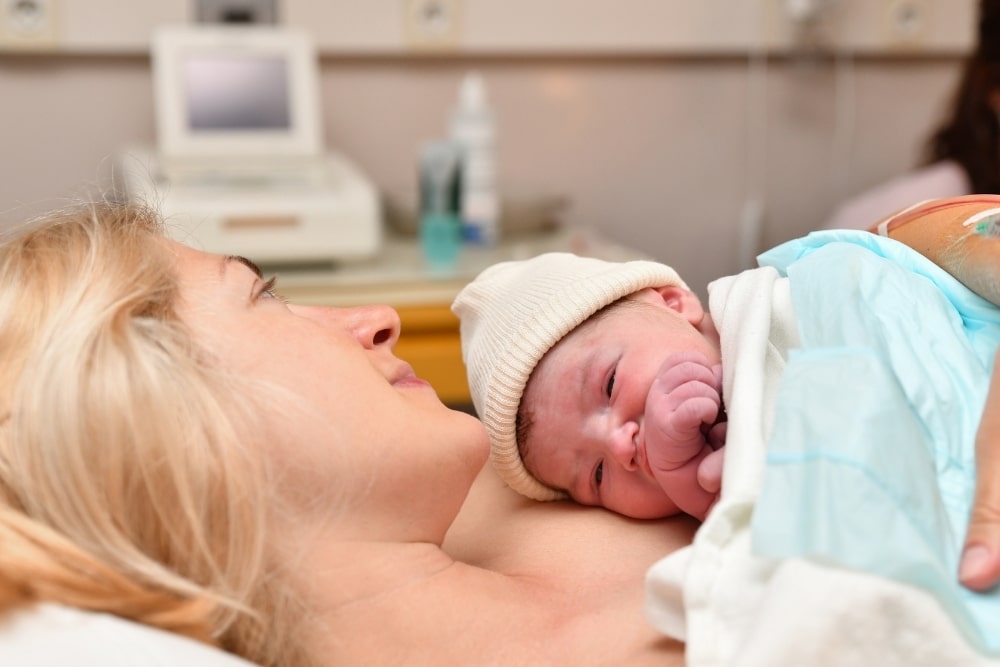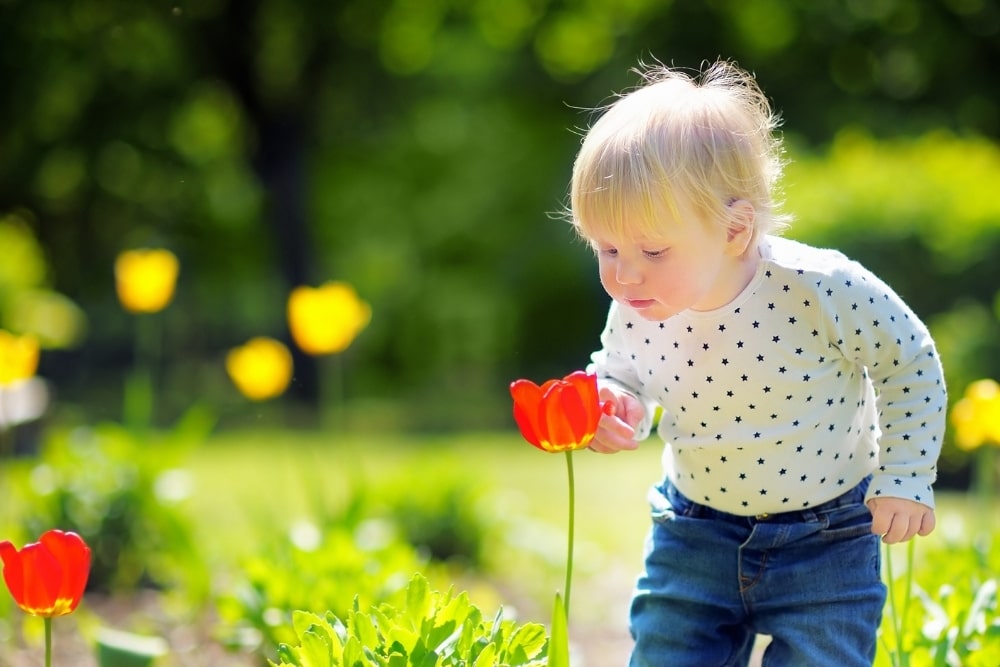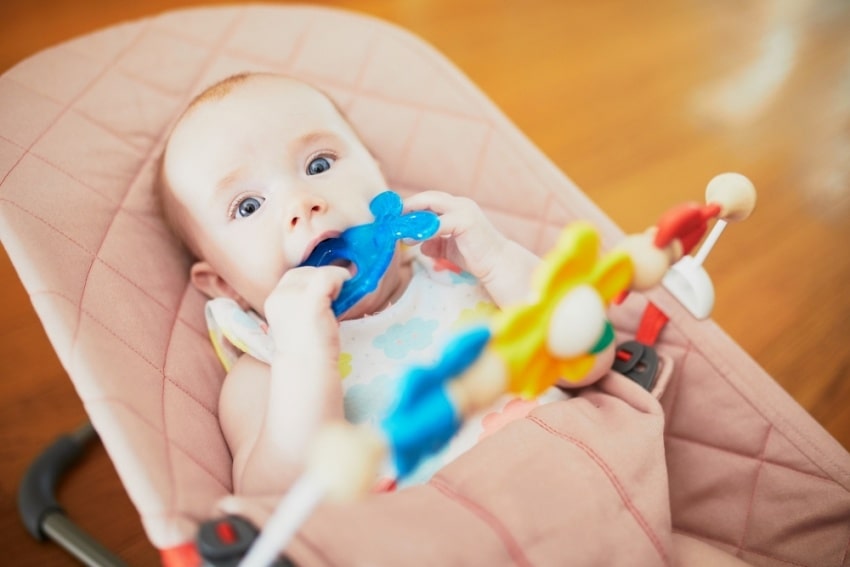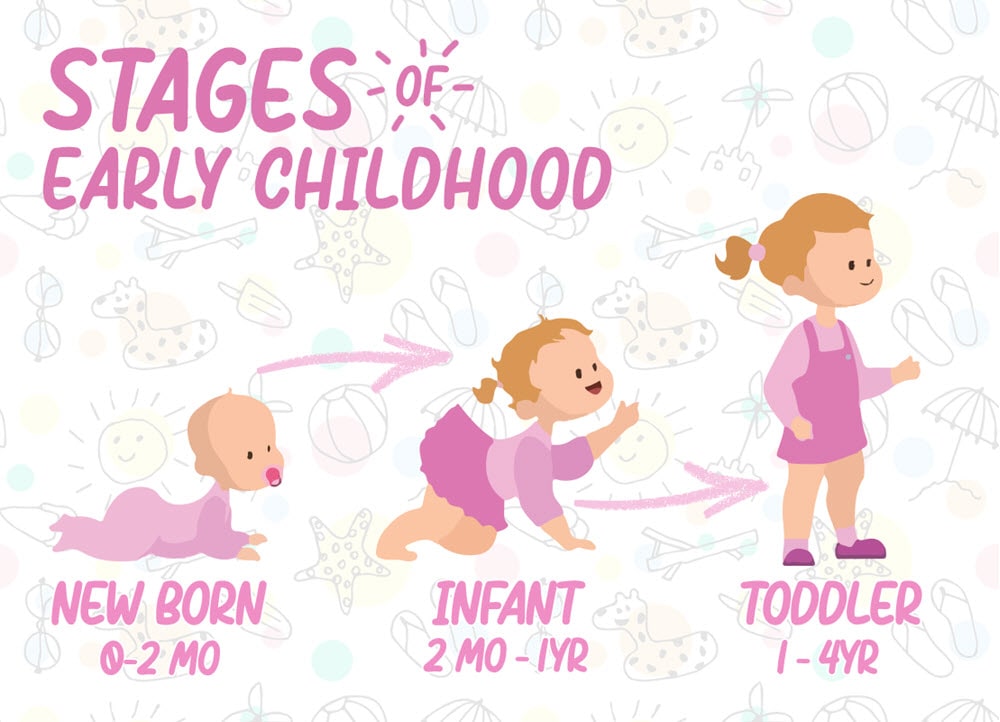The English language is often confusing with different words that mean the same thing or words that are spelled the same but mean completely different things.
So when it comes to the terms used for children between the ages of birth to 4 years old, it’s no surprise that there are a few different words.
The words used often span more than one age group or development term. They often mean different things to different people.
To try to clear up some of this confusion we have taken a look at each term along with its definition and also the development and growth milestones that are normally seen by children of that particular age group.
What Is A Newborn?
View in gallery
The term newborn refers to a baby that is newly born. Most experts consider a newborn to be a baby aged between 0 and 2 months.
Although, The World Health Organization or WHO defines a newborn as a baby that is less than a month old. This is a term that was used as early as the 1300s.
During this time, correct feeding and care are essential to ensure the child’s likelihood of surviving as well as laying the foundation for a healthy life.
Development And Growth
Newborns are beginning their journey of life outside the womb. Developing their senses so that they can begin to understand the world around them.
When they’re first born, newborns will cry to signify that they have a need that has to be met – this could be food, warmth, or comfort. As parents, we quickly learn to interpret these cries and respond accordingly to the needs of our baby.
As their nervous systems develop and mature, they become capable of more developed communication. They’ll begin to interact with you through facial gestures and sounds.
Newborns will listen and absorb the basic language sounds and try to mimic it. This lays the foundations for speech. Newborns will become attached to their primary caregivers and they will also respond to loud noises.
At this age, their vision isn’t very good but develops quickly. They begin to explore their toes and fingers along with learning to control their movements.
As they develop their social and emotional skills bonds of trust and love with parents are created. The way you cuddle, hold, and play with your newborns will form the foundation of how they will interact with others.
Typical Motor Milestones To Expect From Birth To 2 Months
Month One
- Eyes on you – Newborns can only see about a foot in front of them at first, which is just enough to make out faces near them. Your baby may also look towards familiar sounds and voices.
- Neck control – Newborns can move their head to the side. But they don’t have much neck control in the first few weeks. You may see this with their first feeding when the “rooting” reflex prompts them to turn their head towards the nipple. Your baby needs your help to support their head.
- Newborn reflexes – In addition to the rooting reflex, your baby will show other reflexes such as the step reflex. If you hold your baby under the arms, as his feet touch a flat surface, he may put one foot in front of the other as if walking. This reflex does disappear after the first couple of months.
Month Two
- Heads up on tunny time – Most babies at this age can lift their head up while lying on their tummies. Giving your baby regular tummy time will help to strengthen their neck and trunk.
- Hand to mouth – Your baby may begin to wave their arms when excited and his hands will catch his attention. He will spend a lot of time trying to move them in front of him so that he can see them. He may also be able to move them to his mouth, but his hands will still be clenched quite tight as he has limited motion in his fingers still.
- A tug of lips – you may start to notice random facial movements, including reflex smiles, while he sleeps. But around six weeks of age, your baby may flash you a real smile!
What Is An Infant
View in gallery
In our modern world, the word “infant” is usually used to describe a baby that can’t walk yet. But the word infant is a combination of two Latin words “fans” or “fari” meaning to speak and “in-” meaning the opposite of.
So when you put it all together, you get the meaning “one who is not able to speak.”
In ancient Greece, infants referred to a newborn, and the Romans used the word to include older children. The French still use the word “enfant” today which means child.
But languages such as English and Spanish have gone full circle and now use the term to describe a very young child. An infant age range is between 0 to 12 months.
Development And Growth
During this period of their life babies develop an exclusive bond with their caregivers and parents. They learn skills such as clapping, to smile, wave. babble, to pick up objects and crawl.
Some babies also may learn to walk during this period. At this time they also learn concepts such as to cause and effect.
In this stage, infants learn a huge amount of things such as focusing their vision, exploring their environment, using some simple words, and they can understand simple commands.
By the end of this 12 month period, a child will gain substantial weight. Ideally, they will triple their birth weight and add around 6 to 8 inches in height. Once they reach 1 year old they enter their toddler stage.
What Is A Toddler
View in gallery
The term toddler that we still use today was first used in 1793 and came from the word toddle, which described how these children moved around.
It usually refers to a child aged 1 to 3 years old. Many parents consider their children to be toddlers until they are ready for preschool.
Development And Growth
As children advance from infancy towards the preschool age, they become increasingly independent.
As children progress towards the end of this chapter in their life you will see that their physical growth and motor development slows down while their intellectual, emotional, and social skills take a tremendous leap forward.
At the beginning of their toddler journey, they start to use a few common words such as mom, and dad. They start to respond to sounds and they also understand the connection between many objects and names.
During this time their height will increase by 50% over their birth height. Also during this time, they will gain enough weight and strength to walk.
By the time a child reaches 2 years of age they can confidently walk, run, and jump meaning that their gross motor skills are developing well.
They also start to learn their alphabet, numbers, colors, shapes, and many other things. At this age, they are like sponges and will absorb everything that they see and hear.
The average toddler will reach half their adult height by the time they reach 3 years old. Toddlers still need a lot of sleep and on average will sleep 10 to 12 hours a night, while still taking a nap or two during the day.
What Is A Baby
View in gallery
The term baby covers all the subcategories of newborns, infants, and toddlers. “Babe” means an infant of either sex and goes all the way back to the 1300s.
It likely originates from imitating the babbling and baby talk. “Baby” usually refers to a child from birth to 4 years old.
Development And Growth
As this term spans almost four years of life there are significant leaps in both development and growth from newborn to 4 years old. By the end of this period most children will have developed gross motor skills and will be able to:
- Walk on a line
- Run
- Throw and catch a ball
- Walk up and down stairs independently, alternating feet
- Kick a ball forward
- Pushes, pulls, steers wheeled toys
- Jumps over a 6-inch high object and lands on both feet
- Balances on one foot
- Use slides independently
- Gallops or skips
Areas Of Concern
Children develop at very different rates, after all, they are individuals with their own timetable. For example, some children walk at 9 months while others don’t walk until 18 months.
Please do consult a pediatrician if you have any concerns that your child is not reaching any of their milestones, such as:
- Walking
- Holding lightweight objects
- Showing interest in you and other family members
- Using two-word phases
- Chewing and swallowing food
View in gallery
The Final Thought
A quick recap: a newborn is a baby aged 0-2 months of age, an infant is a child aged 0-12 months and a toddler refers to a child aged 1-3 years of age. The term ‘baby’ is an umbrella term and refers to a child aged 0 to 4 years old.
Whichever stage your little one is in remember that time goes so quickly, take time to enjoy every single milestone, cuddle, smile, and even every tantrum! They will soon pass!






